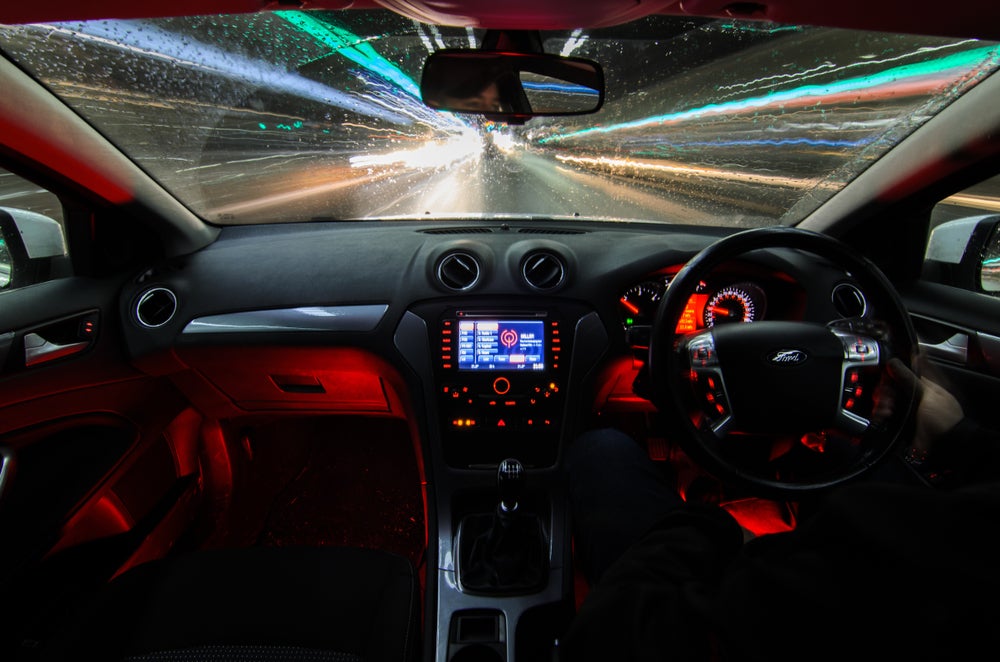
The UK government is to allow vehicles equipped with a degree of automated operation on UK roads this year. The government has set out how vehicles fitted with Automated Lane Keeping System (ALKS) technology could legally be defined as “self-driving”, as long as they receive GB type approval and there is no evidence to challenge the vehicle’s ability to self-drive.
ALKS is described as a first example of self-driving technology, and will be limited to speeds of up to 37mph in slow traffic on motorways. There you have it. You can use it when you are stuck in a motorway jam, so it’s envisaged as a capability in reserve for less-than-happy motoring situations. Your feet can have a rest, but the ever-present possibility of a 10-second warning for the driver to take back control means your brain can’t fully disengage.

Access deeper industry intelligence
Experience unmatched clarity with a single platform that combines unique data, AI, and human expertise.
Overall, this is a very small step on the path to driverless vehicles which are a very long-term play. The technology required is complex to refine to the safety levels demanded, even if there are cars on the market already that allow limited autonomous control in certain situations.
Today, there are increasing numbers of models offering some form of advanced assistance to the driver. Advanced safety features are becoming equipped as standard, such as adaptive cruise control (ACC), forward collision warning (FCW), autonomous emergency braking (AEB), lane departure warning (LDW) and traffic sign recognition (TSR).
Although much of the technology needed to operate self-driving cars is being developed, the laws that allow such vehicles on our roads are also some way behind. It will take some time to convince regulators – and gain the public’s trust – that it’s okay to hand over control of a car to a computer while driving at 70mph.
Regardless of claims by automakers, it will be many years before truly driverless cars become a reality and one can swivel one’s chair to face the back seat passengers or gently drift off to sleep. Sure, cars will be able to drive themselves but it will still require – and remain legal in many parts of the world for many years – for a human to take back control of the car if required. In the key stages towards automated driving – namely feet-off, hands-off, eyes off, and brain off – those last two will take some nailing down.

US Tariffs are shifting - will you react or anticipate?
Don’t let policy changes catch you off guard. Stay proactive with real-time data and expert analysis.
By GlobalDataAccording to GlobalData’s forecasts, fully autonomous and driverless vehicles are not expected in any significant numbers until around 2030 – and will account for under 2% of the annual global light vehicle market by that time, rising to around 5% by 2035.
It is also unclear what use restrictions may nevertheless apply to these vehicles and also whether ‘robotaxis’ and shared vehicles will play a big part in their rollout. Would you want to own a driverless pod, or prefer to summon it when needed via an app on your cell phone? We just don’t know what business models will ultimately prevail or reliably what the market will be demanding in ten years’ time (we have therefore developed alternative scenarios).
Cost per mile will be important, of course, but it’s not the only factor governing the attractiveness or otherwise of these vehicles. Many people, let’s not forget, actually enjoy driving cars and place high value on a highly personalised experience – both with the product and brand. The companies that make cars won’t easily surrender their long brand heritages – and market value – to a much more commoditised experience, if that is the direction of travel which the market takes.
People will obviously need time to adjust. While giving instructions in our cars is nothing new, putting questions to the likes of Alexa and Cortana while on the road is. Misunderstandings in the human-machine interfaces may be benign, but they could potentially have very serious consequences. Indeed, the problematic area of vehicular responsibility transition between human control and the handover to automated and vice versa will be vexing designers for a while yet. Regulators, meanwhile, will have to contend with the quantification and audit of highly complex technology safety concerns as well as yet-to-be-answered insurance liability questions.
The UK government’s announcement on ALKS is more about positioning the UK as a forward-looking country for advanced technologies and attracting investment to its automotive sector, than about readying the market for truly driverless cars. It is to be welcomed, but don’t throw away your driving gloves just yet.
This story was originally published on Just Auto, part of the GlobalData network.







